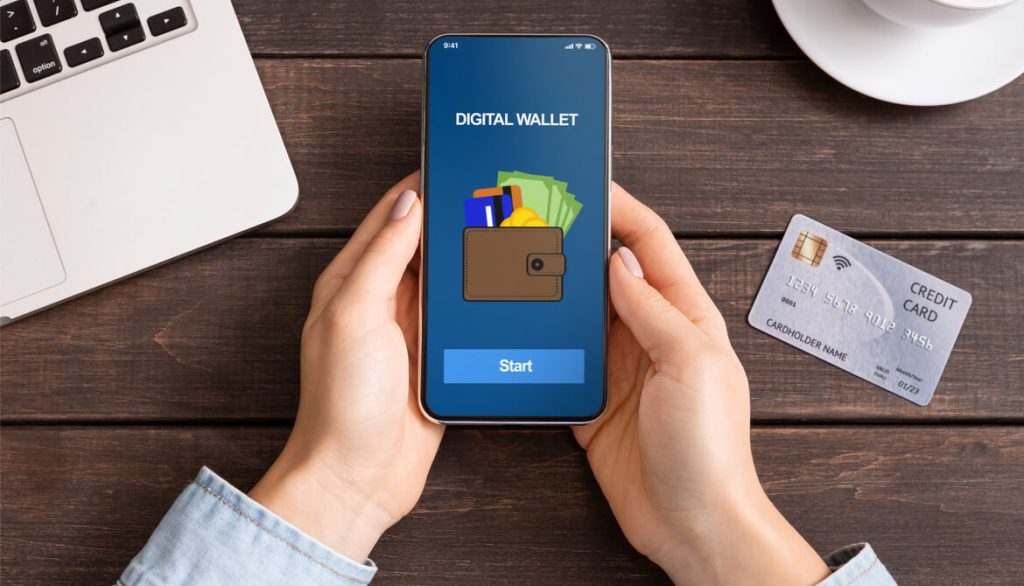Digital Wallets of Tomorrow

We are all used to working online with various devices and it is practical to have a digital tool to store and present identification and other documents.
The digital wallet was initially an app that allows for scanning physical cards and storing payment and other personal information on a device.
For instance, the iPhone is equipped with Apple Wallet, and Google has the Google Pay app which is compatible with both Android cell phones and iPhones.
Today’s digital wallets simply bind identity to the document presented for verification, such as an airline ticket. This is where identity proofing can be of utmost importance to make digital wallets more than just a convenient way to avoid flashing a paper document.
According to ecommercetimes.com, the digital wallet of the future is not about just storing the picture of a document, it’s also about ensuring that scanned documents are valid and provides assurances that it has been issued by a verified source. Therefore, identity proofing must be the cornerstone of any digital wallet.
Biometric support is a key requirement for digital wallets, including fingerprints, facial recognition and live selfies that require users to blink or make other movements to prevent stolen images from being used to hijack accounts and commit fraud.
Digital wallets need to verify and vet every attribute that’s associated with the user’s identity within the wallet, such as the name, address, and date of birth, so that when the user interacts with a service, they can selectively choose to present certain elements of their identity needed to complete a transaction.
The digital wallet should be able to store and encapsulate all identity attributes associated with an individual and present them on as-needed basis.
Security is another important characteristic of these new and improved digital wallets.
Apart from adopting security best practices to protect the data contained in a digital wallet, developers need to go through a series of certifications to assure consumers that the wallet is certified by one of the industry bodies that organizes identity authentication specifications, such as Fast ID Online (FIDO) or the National Institute of Standards and Technology (NIST).
A wallet should be attested and verified to comply with NIST identity assurance levels or the FIDO specifications of how signatures are validated and vetted.
Knowing that a wallet has been certified by a recognized standard body like FIDO or the Kantara Initiative gives consumers the assurance that the wallet they’re using complies with accepted security standards.
Digital wallets should also be compatible with one another. In an ideal world, one wallet should be able to meet all our needs, but the environment is still fragmented, as in the airline ticket example.
Developers need to work with organizations such as the Identity Foundation to ensure that all digital wallets are interoperable with each other. That way, they can give consumers a choice of using any wallet they want, as long as the identity documents that contain it can be shared and verified by other technology platforms.
Digital wallet technology is clearly the future for transacting business online and in the physical world, and for enabling users to take control of their privacy and the information they want to share with service providers.
The current single purpose digital wallet apps need to evolve to support multiple use cases and be interconnected with more than just one or a select group of companies.